Bird Netting for Pest Control: A Simple Solution to Big Problems

Birds can be a real nuisance, causing damage and creating unsanitary conditions in various settings. Fortunately, bird netting offers a simple yet effective solution for deterring these feathered pests. It keeps birds away from places where they can cause trouble without using any chemicals. This simple solution can protect crops, buildings, fish farms, and even landfills. Let’s explore how bird netting works and why it’s so effective in various situations in Australia.
How Can Bird Netting Prevent Damage from Pigeons and Seagulls?
Birds such as pigeons and seagulls cause significant damage across various environments in Australia. Their constant cooing and squawking can be disruptive in both urban and rural settings. Their droppings can damage the paint and surfaces of vehicles, leading to increased cleaning and maintenance costs. Both pigeons and seagulls are known to feast on a variety of crops. Pigeons primarily target seeds, seedlings, and grains, while seagulls can attack ripe fruits and vegetables. This can lead to significant losses for farmers, impacting their yield and income.
Browse our range of bird netting products >
Bird netting acts as a physical barrier, preventing birds from accessing the crops without harming them. It is usually made of durable materials such as polyethylene or polypropylene.
High-quality netting is designed to withstand various weather conditions, making it a reliable and long-lasting solution. Many bird nets are UV-protected, which means they resist degradation from sunlight, ensuring they remain effective for several seasons. This UV protection is crucial for maintaining the integrity of the netting, especially in areas with high sun exposure like Australia.
Bird netting’s versatility allows it to be used in different settings, including agricultural fields, vineyards, orchards, fish farms, and buildings.
Additionally, bird netting is environmentally friendly. Unlike chemical deterrents, it does not introduce harmful substances into the ecosystem, making it a safer choice for the environment. It provides a sustainable method for protecting various assets, aligning with eco-friendly practices.
Using Bird Netting to Stop Birds from Roosting and Nesting in Buildings
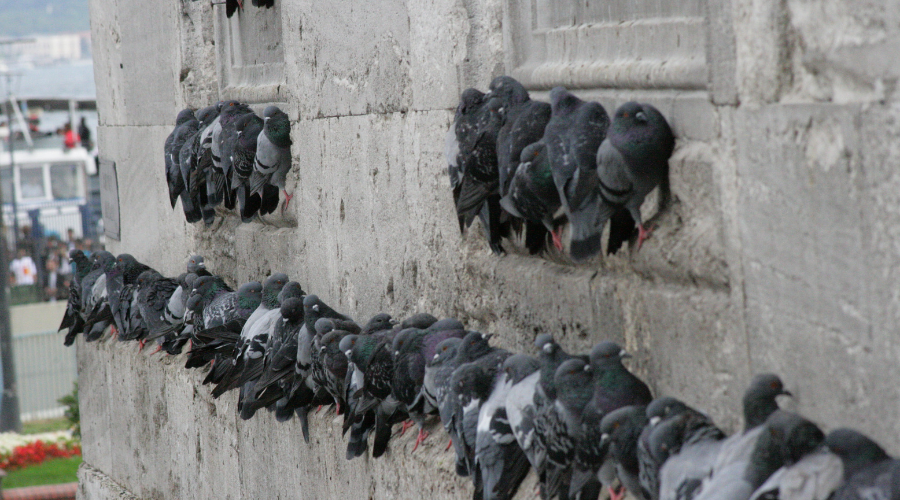
Apart from damaging crops and being noisy, their droppings are highly acidic and can corrode building materials over time. This is particularly problematic for historical buildings and monuments. For example, in Australia, many older buildings require regular cleaning and maintenance to remove bird droppings and prevent structural damage. Additionally, birds nesting in building eaves, attics, and rooftops can block ventilation systems and gutters, leading to water damage and other issues.
Also, birds often look for places to roost (rest) and nest (build their homes) in buildings. They might choose ledges, roofs, or eaves, and this can cause problems. Bird droppings can be dirty and can spread diseases. By putting up bird netting around these spots, you can keep birds from settling there. This keeps your building clean and reduces health risks.
Did you know that The Sydney Opera House has used bird netting to prevent pigeons from nesting in its iconic structure? The netting is carefully installed to blend in with the architecture, effectively keeping the birds out without detracting from the building’s appearance. This helps maintain the cleanliness and safety of the venue for visitors. The netting also protects the building’s surfaces from the corrosive effects of bird droppings, which can damage the unique shell tiles and concrete structures.
Or
Did you know that a net was installed above the orchestra pit in the Sydney Opera House, Joan Sutherland Theatre during the 1980s following an incident during the opera Boris Godunov. The opera featured live chickens and one bird walked off the stage and landed on top of a cellist.
Protecting Aquaculture and Fish Farms with Bird Netting
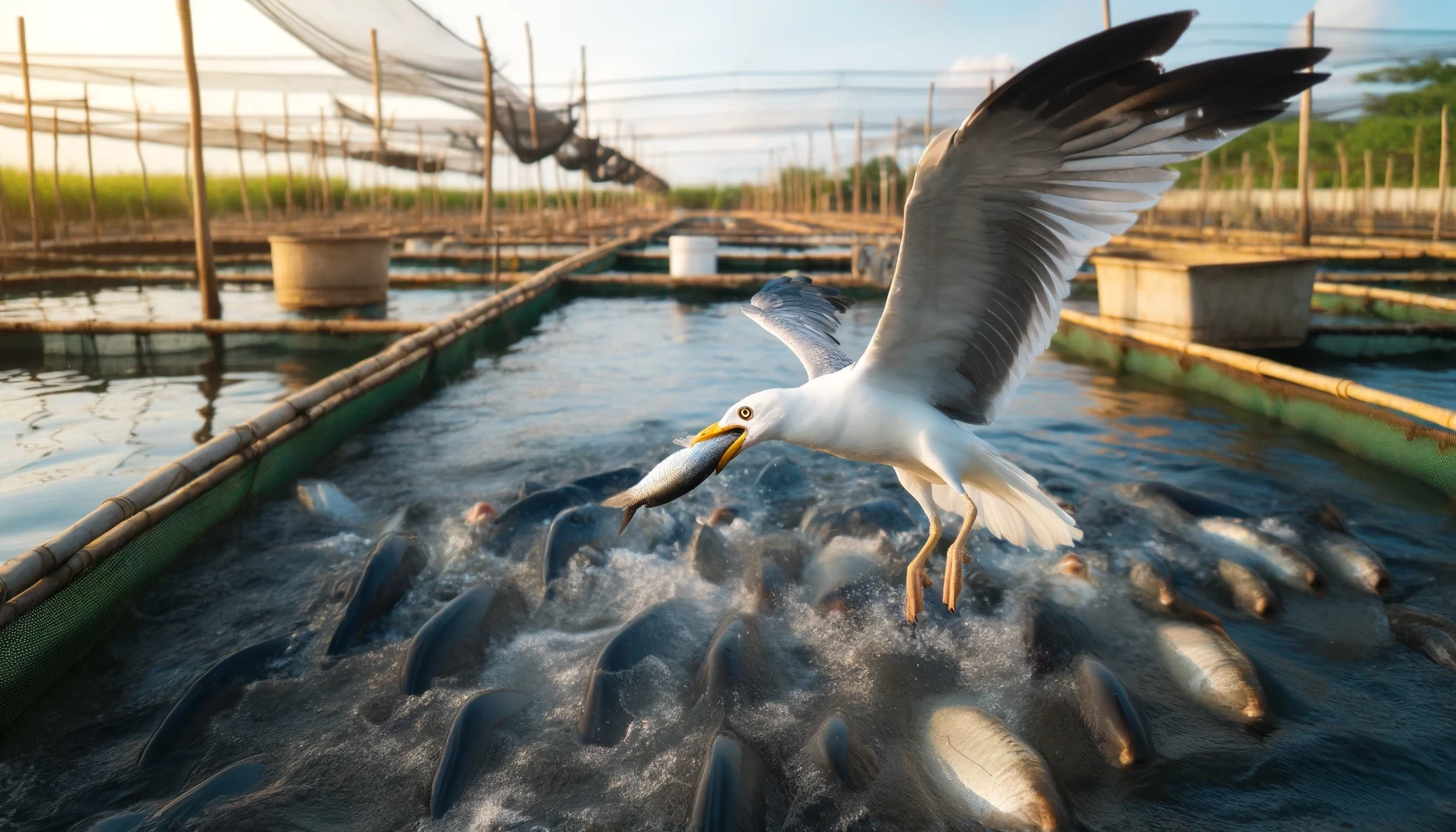
If you run a fish farm, you know that birds like Seagulls and Cormorants can eat a lot of fish.
By setting up netting over your ponds, tanks, or cages, you create a barrier that keeps these birds out, protecting your fish and leading to higher survival rates and better yields.
Bird netting does a great job of keeping predatory birds away, which helps you maintain your fish population and meet your production goals. It also reduces stress on the fish since birds can scare them and affect their growth and health. With netting in place, your fish can grow in a calm and safe environment.
Another big benefit is that netting keeps bird droppings out of the water, preventing contamination and potential disease outbreaks. For the netting to work well, make sure it covers the entire area, use high-quality, UV-protected material, secure it firmly, and check regularly for any damage.
Managing Bird Populations in Landfills and Waste Management Facilities
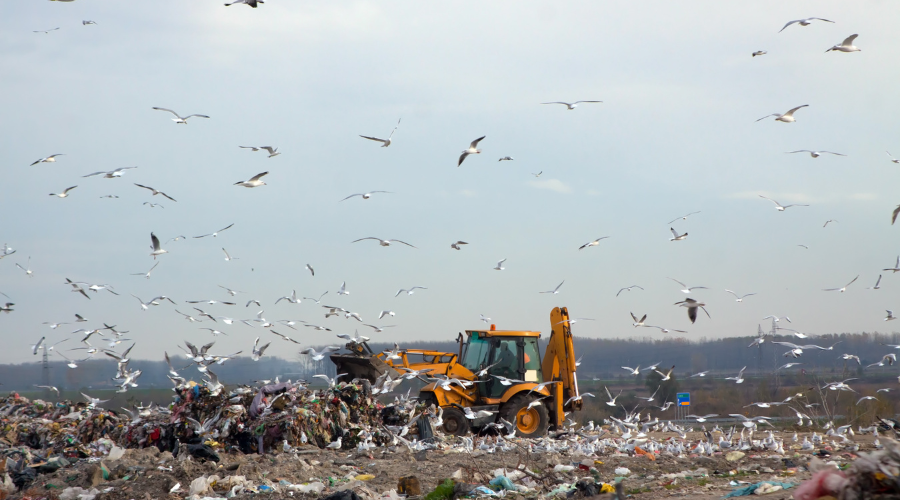
Landfills and waste management facilities attract birds because of the food waste. However, too many birds in these places can cause problems. They spread diseases, damage equipment, create noise, and scatter waste, leading to pollution and health risks.
Using bird netting here, keeps birds away from waste, reducing their presence over time. To be effective, the netting should cover all areas where birds typically gather, such as waste piles, sorting sites, and storage areas.
Additionally, it helps to control odours by preventing birds from spreading waste and debris. It also enhances worker safety by reducing the risk of bird-related accidents and maintaining cleaner workspaces. Furthermore, bird netting reduces noise pollution from bird calls and disturbances, making the facility more pleasant for workers and nearby residents. The presence of netting discourages birds from nesting and roosting in the facility, which can otherwise lead to long-term problems
Bird netting is environmentally friendly and helps maintain hygiene, improve safety, and ensure smoother operations at these facilities.
The Role of Bird Netting in Public Health and Safety
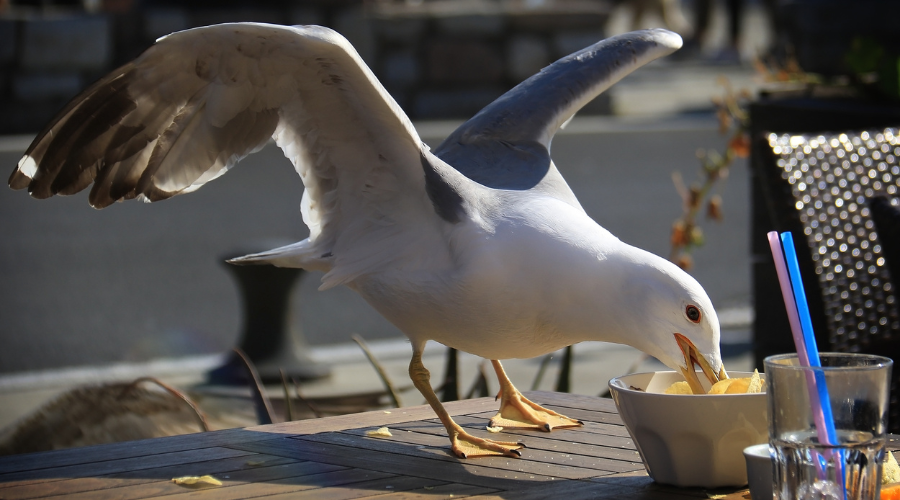
Bird netting isn’t just about protecting crops and buildings; it’s also important for public health and safety. Birds can carry diseases such as salmonella, E. coli, and avian flu, which can be transmitted to humans through droppings and make them sick. They can contaminate surfaces, water sources, and food supplies, leading to unsanitary conditions. By preventing birds from roosting and nesting in public areas, bird netting helps maintain cleaner, more hygienic environments. This is particularly important in places like hospitals, schools, restaurants, and food processing facilities where maintaining high sanitary standards is crucial.
Bird netting also enhances public safety by reducing the risk of bird-related accidents. Birds flying in and around buildings can create hazards for pedestrians and drivers. In industrial settings, birds can interfere with machinery and equipment, posing worker risks. By keeping birds away from these areas, bird netting helps prevent accidents and ensures safer working conditions.
This poses a significant public health risk in urban areas, where these birds are in close contact with people. Contaminated surfaces in public spaces, like benches, playgrounds, and outdoor dining areas, can become breeding grounds for bacteria and viruses.
Seagulls, in particular, are known for their aggressive behavior around food, often snatching food from the hands of unsuspecting tourists. This not only causes distress but also leads to negative experiences for visitors. In coastal tourist spots like Bondi Beach, seagulls can be a real problem, disrupting picnics and outdoor meals. Similarly, pigeons can flock around tourist attractions, leaving droppings that create unsightly and unsanitary conditions.
Large populations of birds can create noise pollution and unsightly messes, detracting from the enjoyment and usability of parks, plazas, and other communal areas.
By keeping birds away from places where people live, work, and eat, bird netting helps reduce these health risks. It also prevents bird droppings from building up, which can be slippery and dangerous.
To view our full collection, please visit our Bird Netting Range!


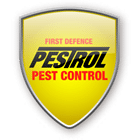



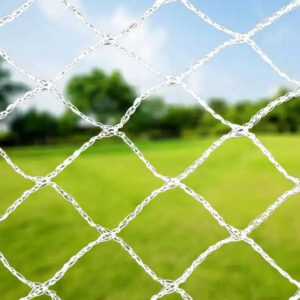
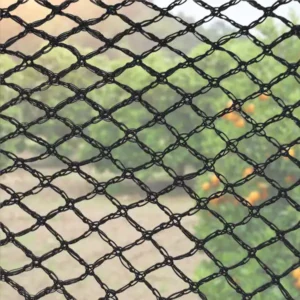
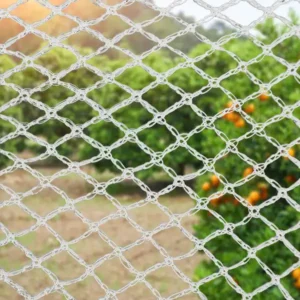
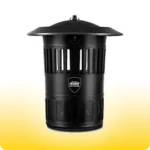 Mosquito Traps
Mosquito Traps